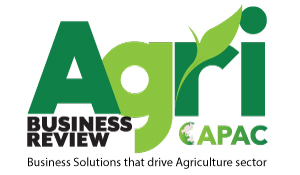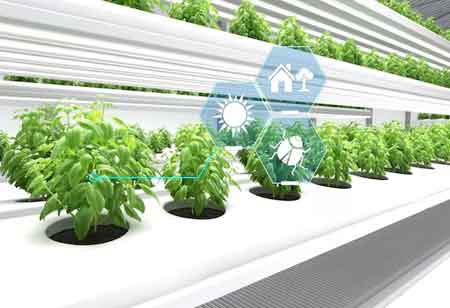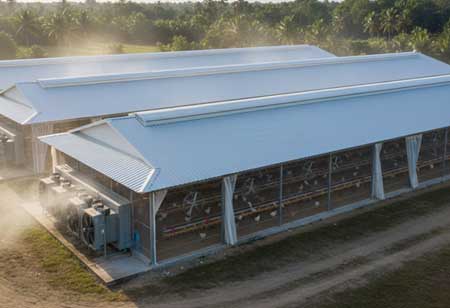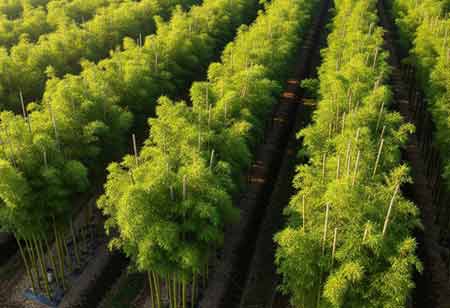Thank you for Subscribing to Agri Business Review Weekly Brief
Boost Your Business With Location Data In Agriculture & Farming.
Location data and Agricultural business services are an ideal match. Despite the industry's vintage-school mentality,
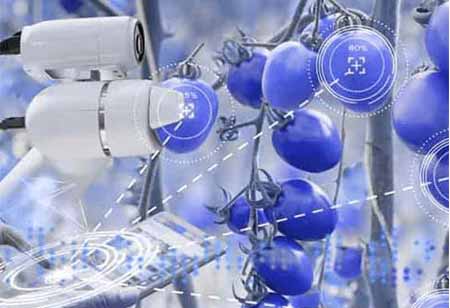
By
Agri Business Review | Saturday, September 03, 2022
Stay ahead of the industry with exclusive feature stories on the top companies, expert insights and the latest news delivered straight to your inbox. Subscribe today.
With the efficacy of connected and intelligent IT and hardware, digital oil fields are turning increasingly regular.
FREMONT, CA: Location data and Agricultural business services are an ideal match. Despite the industry's vintage-school mentality, location information has to show into a good exercise for many of the more excellent and successful businesses in agriculture and farming.
And, with the modern prevalence of droughts, arctic storms, hurricanes, and different intense weather-related emergencies, you could start to see why.
Here are a few instances of ways place data can raise the bottom line for agencies in agriculture and farming:
1. Track Valuable Farm Equipment
Agriculture equipment is one of the highest overhead costs for those in the farming industry.
Location data services can help manage those high overhead costs responsibly, so you get the most out of them.
With location data services, you may see precisely when and wherein gadget is moved or grown to become on for the duration of commercial enterprise and non-business hours to assist the store against loss. In addition, create automated vehicle maintenance schedules to keep your equipment in the best condition.
2. Adapt to Weather & Climate Changes
From large-scale crop freezes to historically prolonged droughts, the agriculture industry is often at the mercy of the weather.
And while the capability to check weather patterns online is comparatively simple in today's digital age, placing those weather patterns over a specific farm or ranch on an interactive map is highly valuable.
Geolocation technology can help farmers identify extreme weather patterns and take preventative action earlier than those not using location data.
3. Recognize Location-based Food Trends
Regional food buying forms tend to depend on demographic variables that can generally be difficult to pinpoint. However, as the origin where most natural food comes from, agriculture professionals must identify these trends to guide their seasonal strategies.
With the support of location data tools, agriculture professionals can access key location data insights about their customers to understand where to focus their sales efforts.
Growers can now swiftly identify local stores, farmers' markets, and wholesalers with an evident demand for their crops. Wholesale distributors can recognize areas to hyper-focus their sales efforts by reducing time spent making calls to buyers without needing their product. From top to bottom, location data can support agriculture professionals in optimizing their processes and fine-tuning their overarching strategy each season.
